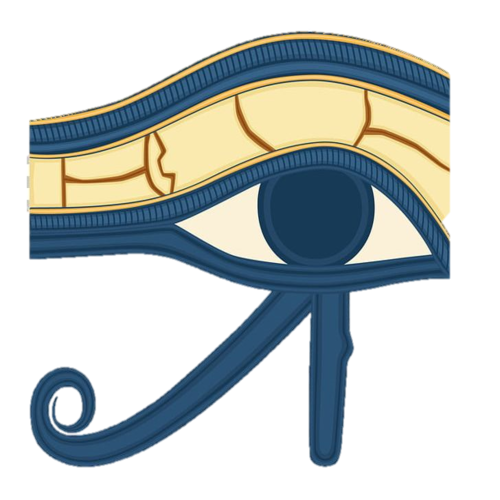Egyptian Hieroglyphs are drawn symbols used throughout ancient Egyptian history in the Hieroglyphic writing system. Hieroglyphs combined logographic, syllabic and alphabetic elements, with more than 100 distinct characters.[note 1] The later hieratic and demotic Egyptian scripts were derived from hieroglyphic writing. These cursive writing systems were practical innovations for everyday use, while the more time-consuming and visually appealing hieroglyphic writing system was used for inscriptions on stone and religious literature for its spiritual and decorative function.
Hieroglyphs may have emerged from the preliterate artistic traditions of Egypt. For example, symbols on Naqada II pottery from c. 4000 BC have been argued to resemble hieroglyphic writing.[1]
Proto-hieroglyphic symbol systems developed in the second half of the 4th millennium BC, such as the clay labels of a Protodynastic ruler called "Scorpion I" (Naqada IIIA period, c. 33rd century BC) recovered at the Abydene necropolis Umm el-Qa'ab in 1998 or the Narmer Palette (c. 31st century BC).[2]
| This article relating to Ancient Egyptian History is a stub. You can help the Ancient Egypt Wiki by expanding it. |
Footnotes[]
- ↑ There were about 1,000 graphemes in the Old Kingdom period, reduced to around 750 to 850 in the classical language of the Middle Kingdom, but inflated to the order of some 5,000 signs in the Ptolemaic period (Loprieno 1995, p. 12).
References[]
Bibliography[]
- Joly, M., 2003: Sayles, George(, Sr.). Grove Music Online. Oxford Music Online. Oxford University Press.
- Loprieno, A., 1995: Ancient Egyptian: A Linguistic Introduction. Cambridge: Cambridge UP.
- Mattessich, R., 2002: The oldest writings, and inventory tags of Egypt. Accounting Historians Journal, Vol. 29.
